Area 3,600 km² | ||
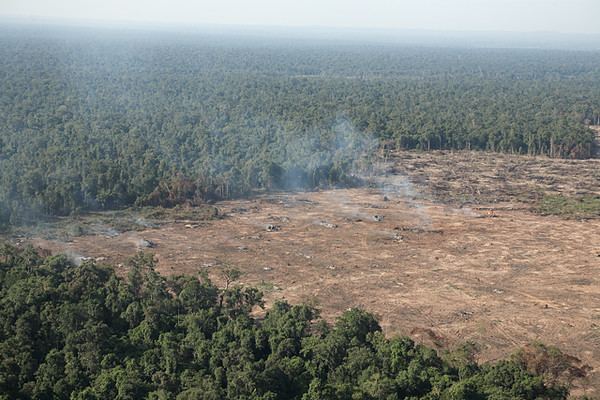 | ||
Prey lang one forest one future
The Prey Lang Forest, also known as the Prey Long Forest, is a forest in Kampong Thom, Preah Vihear, Kampong Cham, Kratie and Stung Treng Provinces in Northern Cambodia. The forest covers an estimated 3,600 square kilometres (1,390 square miles). It is one of Southeast Asia’s last remaining lowland evergreen woodlands. It is the largest remaining lowland evergreen forest on the Indochinese peninsula and approximately 200,000 members of ethnic minorities live in or around the Prey Lang.
Contents
- Prey lang one forest one future
- Prey lang 2008 to 2013
- Biodiversity
- Indigenous communities
- Deforestation
- Prey Lang Community Network
- References
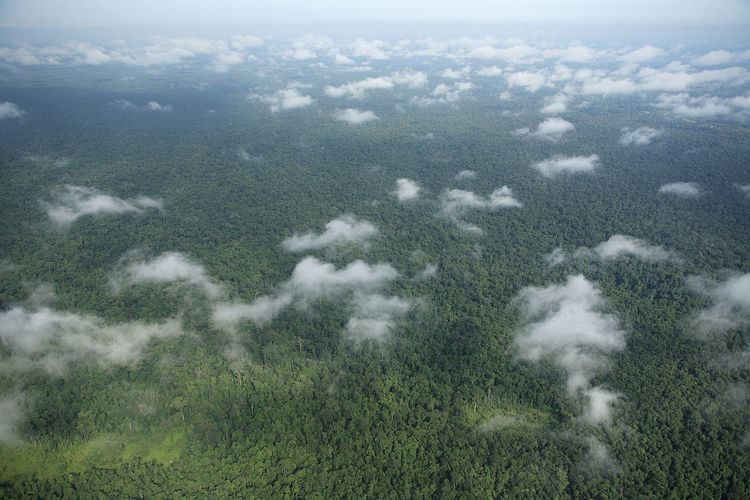
Prey lang 2008 to 2013
Biodiversity

The forest contains seven distinct ecosystems, including unique primordial swamp forest, and is home to more than 20 endangered plant species as well as 27 endangered animal species. Botanists have said in all livelihood there are even more as-of-yet unknown species populating the forest, which is also an important breeding ground for fish. In addition to its rich biodiversity, Prey Lang plays a critical role in water management. It is a primary watershed, regulating water and sediment flow to the Tonle Sap basin, and vital for the water and food security of millions. Prey Lang has some of the highest carbon sequestration values in the region, making it a powerhouse in the fight against climate change.
Indigenous communities
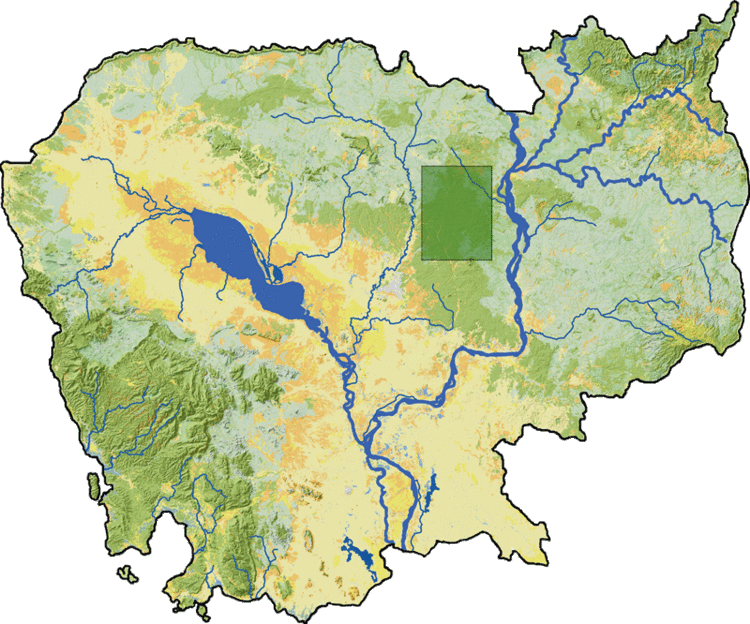
Prey Lang plays a central role in the lives of hundreds of thousands of people in Cambodia. Around 200,000 people, mostly members of the indigenous Kuy people, live in districts surrounding Prey Lang, a name which means “Our Forest” in the Kuy language. Prey Lang is an intricate part of their culture and spiritual life and they have depended upon it for generations, collecting resin, building materials, medicine, and food from the forest. Another 700,000 people live within 10 kilometers from Prey Lang, also for whom the forest is essential.
Deforestation
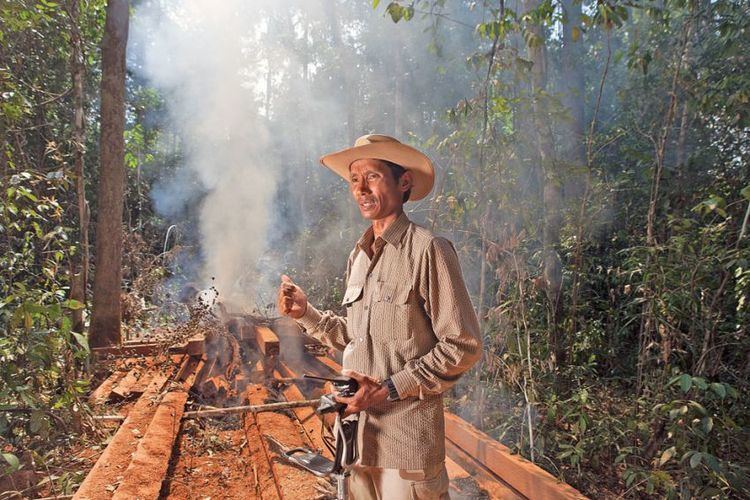
Prey Lang is under threat from a variety of sources which have put short-sighted economic interests ahead of a nation’s long-term well-being. Agribusiness plantations and mining operations are cutting away at the forest, including sensitive core areas. Illegal logging for timber, including luxury wood, is rampant, depriving communities of the resin trees they depend on. It is estimated that up to 250,000 resin trees have been lost to chainsaws. Illegal mining for precious metals and iron ore has also been on the increase, displacing artisanal, environmentally friendly operations. Toxic chemicals are being dumped into Prey Lang waterways, upsetting the area’s delicate ecological balance and endangering downstream communities. In addition, new roads are cutting into important and sensitive areas of the forest, and making it easier for unscrupulous actors to illegally clear forest, transport timber, and engage in poaching.
Prey Lang Community Network
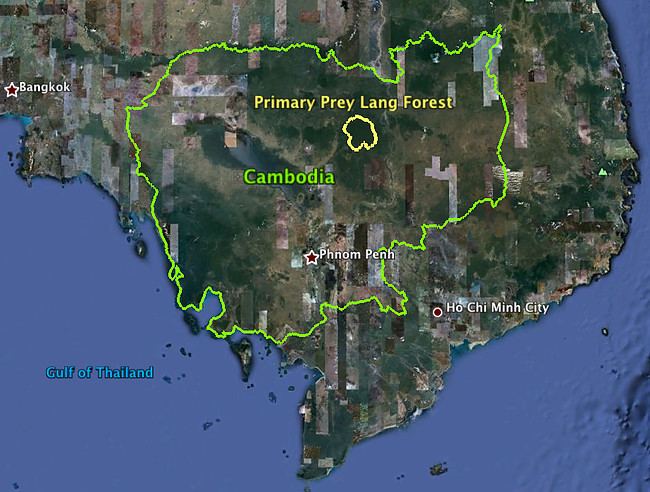
The Prey Lang Community Network (PLCN) is a grassroots movement that works to preserve Prey Lang forest. PLCN is made up of active members in more than half of Prey Lang’s 339 communities which span the four Prey Lang provinces: Kratie, Stung Treng, Kampong Thom, and Preah Vihear. There are approximately 120 PLCN members, with a core group of 20. Network members are volunteers working to preserve their forest and save their communities’ livelihoods.
PLCN peacefully advocates for the protection of Prey Lang for future generations. It does this by conducting forest patrols to stop illegal logging and monitor the activities of companies active in the area. PLCN members engage in local and national-level actions to raise awareness among Cambodians and the world about the importance of this precious natural resource. The network urges the Cambodian government to step in and stop commercial logging and other activities harmful to the forest. In addition, PLCN has petitioned the government to work with local communities and the larger public when determining how the forest should be protected. It has put forward a co-management plan that would see officials and PLCN working together to ensure the forest’s survival.
Chut Wutty was one of the leaders of the conservation movement before he was killed.
